I don’t know about any of you, but Beyonce is my girl. I love listening to her music. Her newest album, titled “Yonce”, features a couple of songs that are all about women kicking some major tail and being independent. I fell in love with one of the songs called, “Flawless.” At face value, it’s one of those songs that makes you feel like you could take on the world if you wanted to — like you’re the most bad ass person in the room. (If you ever need an ego boost, trust me. Just listen to it.) Half way through the song, I noticed that Beyonce had sampled a speech on feminism:
“We teach girls to shrink themselves, to make themselves smaller. We say to girls, ‘You can have ambition, but not too much.’ ‘You should aim to be successful, but not too successful, otherwise you will threaten the man.’ Because I am female, I am expected to aspire to marriage. I am expected to make my life choices always keeping in mind that marriage is the most important. Now marriage can be a source of joy and love, and mutual support, but why do we teach girls to aspire to marriage, and we don’t teach boys the same? We raise girls to see each other as competitors, not for jobs or for accomplishments (which I think can be a good thing), but for the attention of men. We teach girls that they can not be sexual beings in the way that boys are. Feminist: a person who believes in the social, political, and economic equality of the sexes.”
At first, I was startled, because I wasn’t expecting to hear a speech like this in the middle of a hip-hop song. Who WAS this brilliant woman? I had to find out for myself. So, I did what any other curious college student did: I went on Google. I searched for “Beyonce Flawless speech”. Sure enough, I found what I was looking for. Beyonce had used a short sequence of a speech given by Nigerian novelist, Chimamanda Ngozi Adichie, called “We Should All Be Feminists.” The speech is 30 minutes long, but in all honesty, it’s worth the listen if you have the time. Adichie is a brilliant woman and an excellent orator. She really touches on all the points that Gilman makes, in regards to her standpoints on the unequal division of labor and gender socialization. What’s so remarkable about Gilman is that her ideology was WAY ahead of its time. Over a 100 years have passed, and her work is still relevant today. Perhaps that just goes to show you that although women have come a long way, we still have a long way to go. And the only way to go, is up, because those glass ceilings won’t be an obstacle anymore.
Stay flawless, ladies.

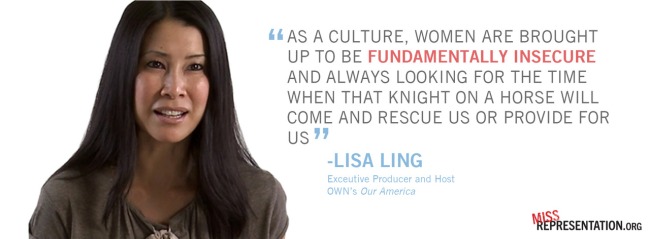

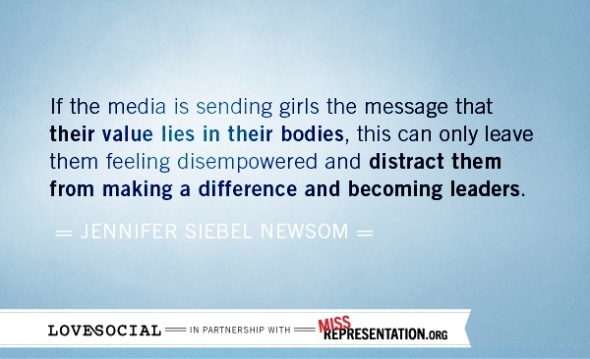

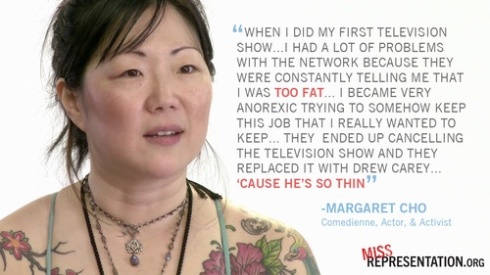
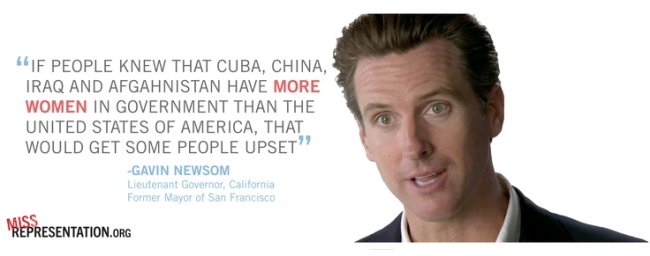
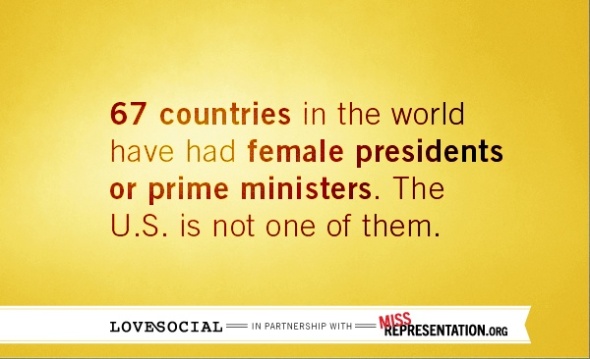



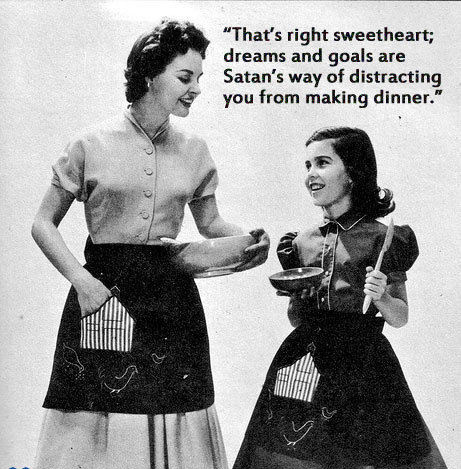

You must be logged in to post a comment.